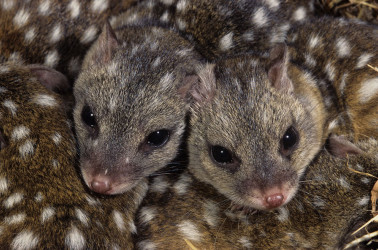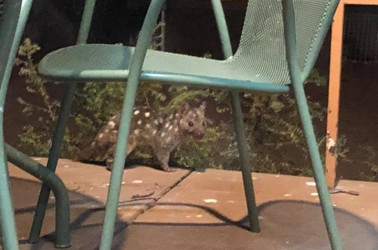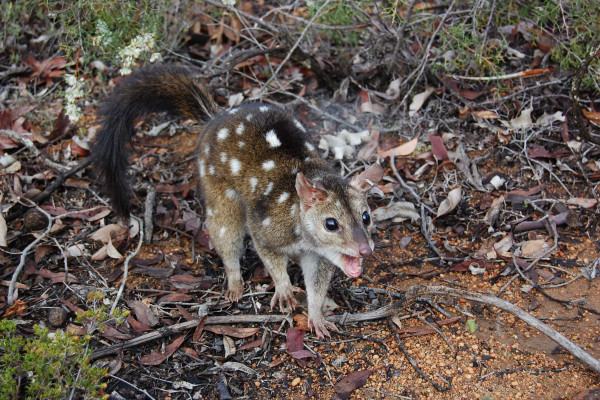The Western Quoll is a carnivorous marsupial native to South Australia and, as predators, have important roles to play in the health of the ecosystem. Sadly, western quolls were became locally extinct due to a combination of invasive predators and extensive land clearing.
This project is part of the overall safe haven project in the Flinders, Gammons and Gawler Ranges with funding initially covering the Red-tailed phascogale reintroduction.
Read more here about other species.












